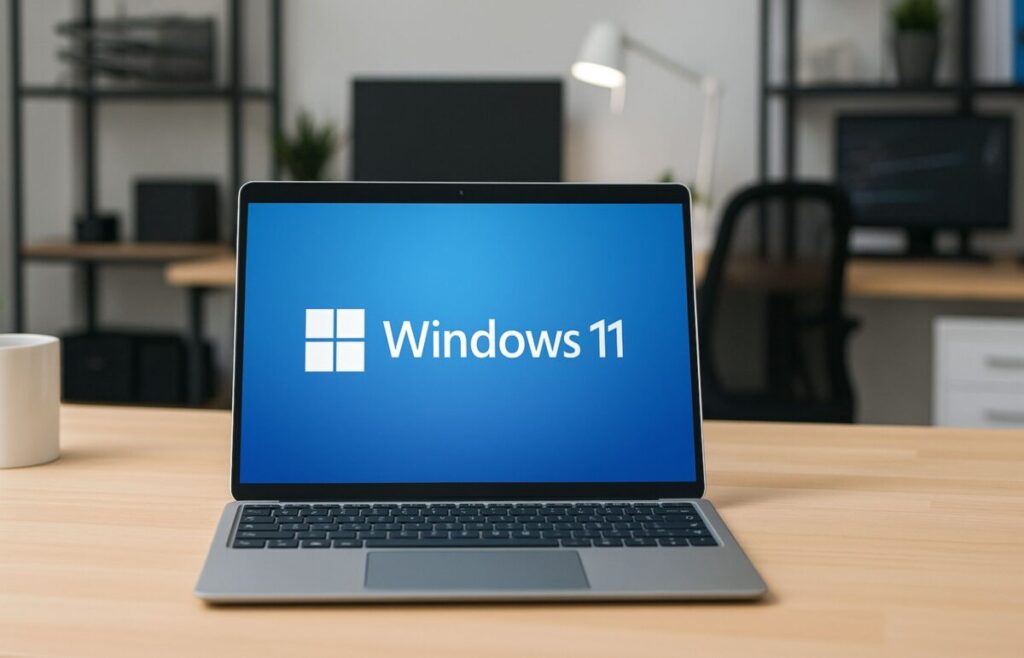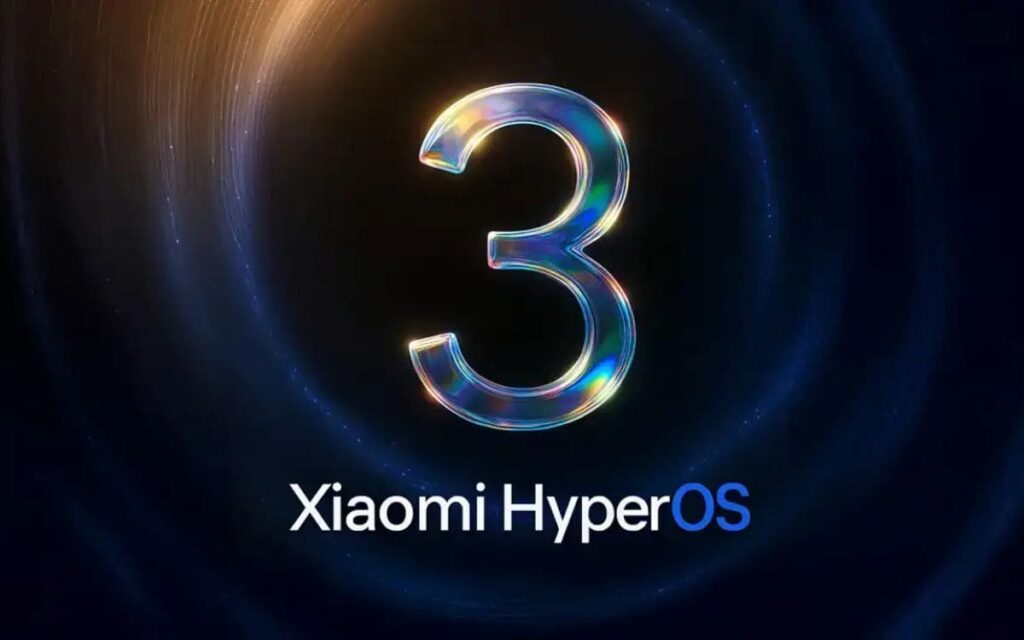For several days, users have reported mysterious SSD malfunctions disappearing in Windows 11. However, Microsoft believes that the issue does not stem from the operating system, and tests support this assertion.
As previously mentioned in our columns, many users online have reported that their SSDs are experiencing malfunctions under Windows 11. Among the affected manufacturers is Phison, which designs SSD controllers. The company has conducted 4,500 hours of testing without detecting any issues. Therefore, Redmond arrives at the same conclusion: there is no link between the latest Windows 11 update and the bugs reported here and there.
The SSD Bug Is Not Caused by Windows 11, Microsoft Is Categorical
For reference, we are discussing a potentially destructive bug. Users report that SSDs become undetectable when transferring 50 GB of data to a disk already filled to more than 60% of its capacity. This raises serious concerns, such as data loss or complete destruction of the SSD. In short, it’s bad publicity for Windows 11, which has just become more popular than Windows 10.
Microsoft has published the results of its investigation: “After thorough investigation, Microsoft has found no connection between the August 2025 Windows security update and the types of disk failures reported on social media. As always, we continue to monitor feedback after each Windows update and will investigate any future reports.”
But where does this alert come from? Tracing back, we find a single user on X explaining that they conducted tests on SSDs and identified issues. Microsoft issued a public call for users to report if they encountered this problem, but there have been few testimonies.
While the user likely meant well and truly faced issues, it is probable that the problem stemmed from their configuration rather than a bug affecting Windows 11, as version 25H2 is in preparation. Phison claims it has been unable to replicate the issue after several thousand hours of testing, and Microsoft corroborates this. If the phenomenon does exist, it is potentially marginal.
This situation serves as a reminder to keep an eye on the health of your SSDs. To avoid any problems, Windows provides tools to monitor SMART elements of drives and assess their remaining lifespan. Therefore, the best course of action is to monitor the wear of your hardware and replace it before permanently losing your data.
Source: Bleeping Computer




